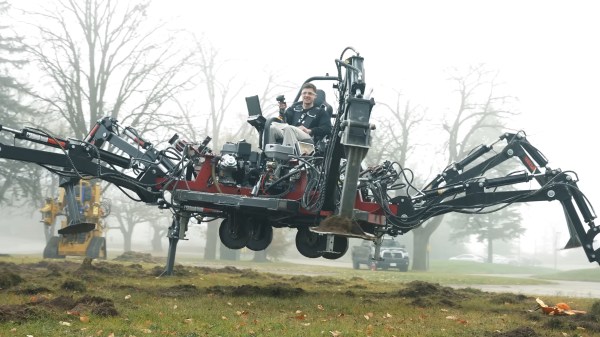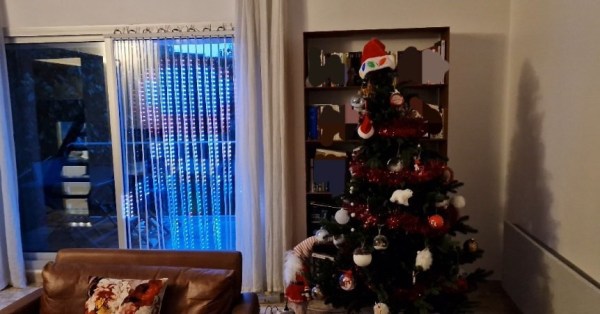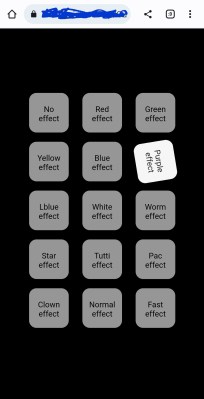First up, git has been audited. This was an effort sponsored by the Open Source Technology Improvement Fund (OSTIF), a non-profit working to improve the security of Open Source projects. The audit itself was done by researchers from X41 and GitLab, and two critical vulnerabilities were found, both caused by the same bad coding habit — using an int to hold buffer lengths.
On modern systems, a size_t is always unsigned, and the same bit length as the architecture bit-width. This is the proper data type for string and buffer lengths, as it is guaranteed not to overflow when handling lengths up to the maximum addressable memory on the system. On the other hand, an int is usually four bytes long and signed, with a maximum value of 2^31-1, or 2147483647 — about 2 GB. A big buffer, but not an unheard amount of data. Throw something that large at git, and it will break in unexpected ways.
Our first example is CVE-2022-23521, an out of bounds write caused by an int overflowing to negative. A .gitattributes file can be committed to a repository with a modified git client, and then checking out that repository will cause the num_attrs variable to overflow. Push the overflow all the way around to a small negative number, and git will then vastly under-allocate the attributes buffer, and write all that data past the end of the allocated buffer.
CVE-2022-41903 is another signed integer overflow, this time when a pretty print format gets abused to do something unexpected. Take a look at this block of code:
Continue reading “This Week In Security: Git Deep Dive, Mailchimp, And SPF”

















